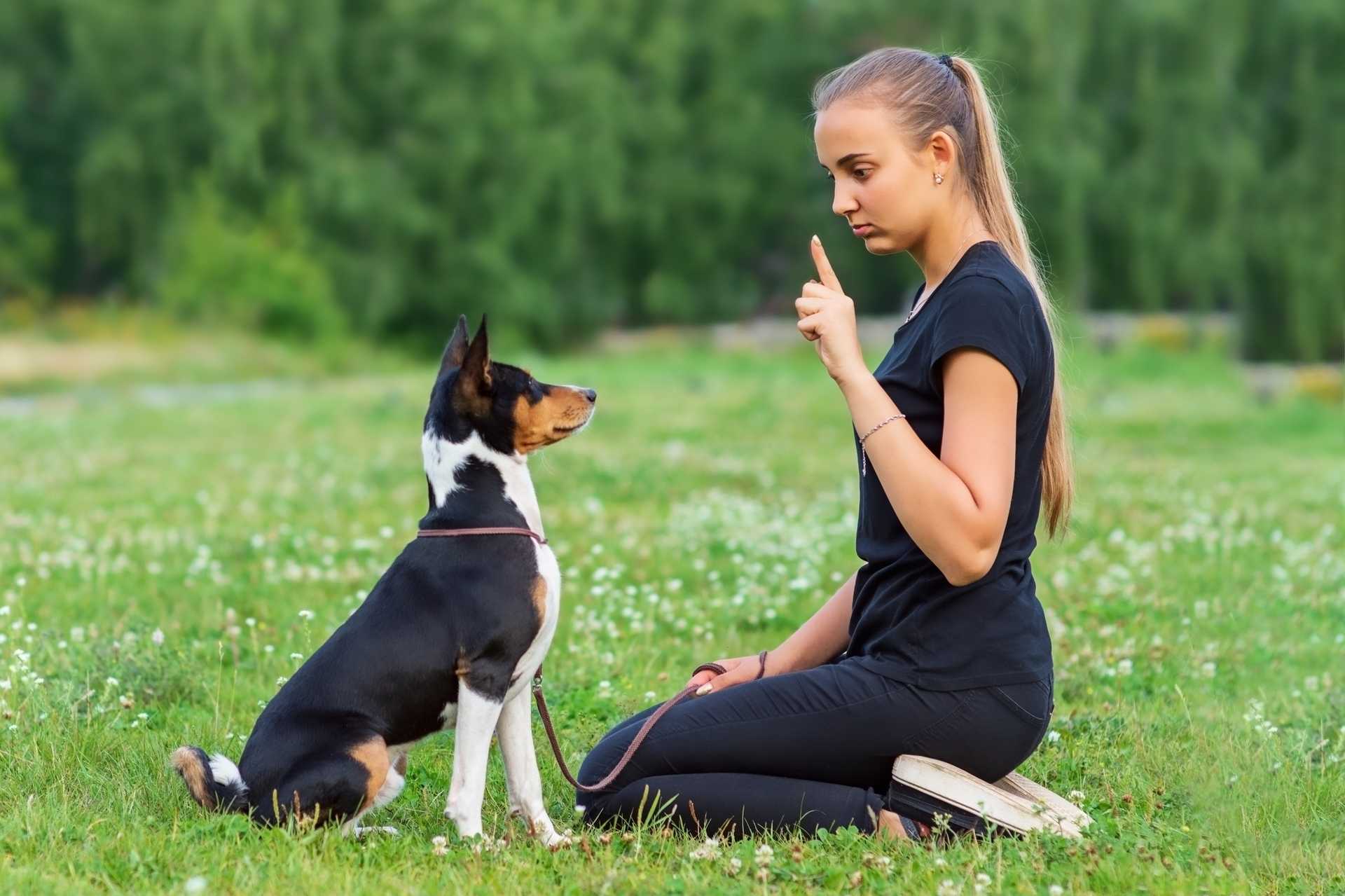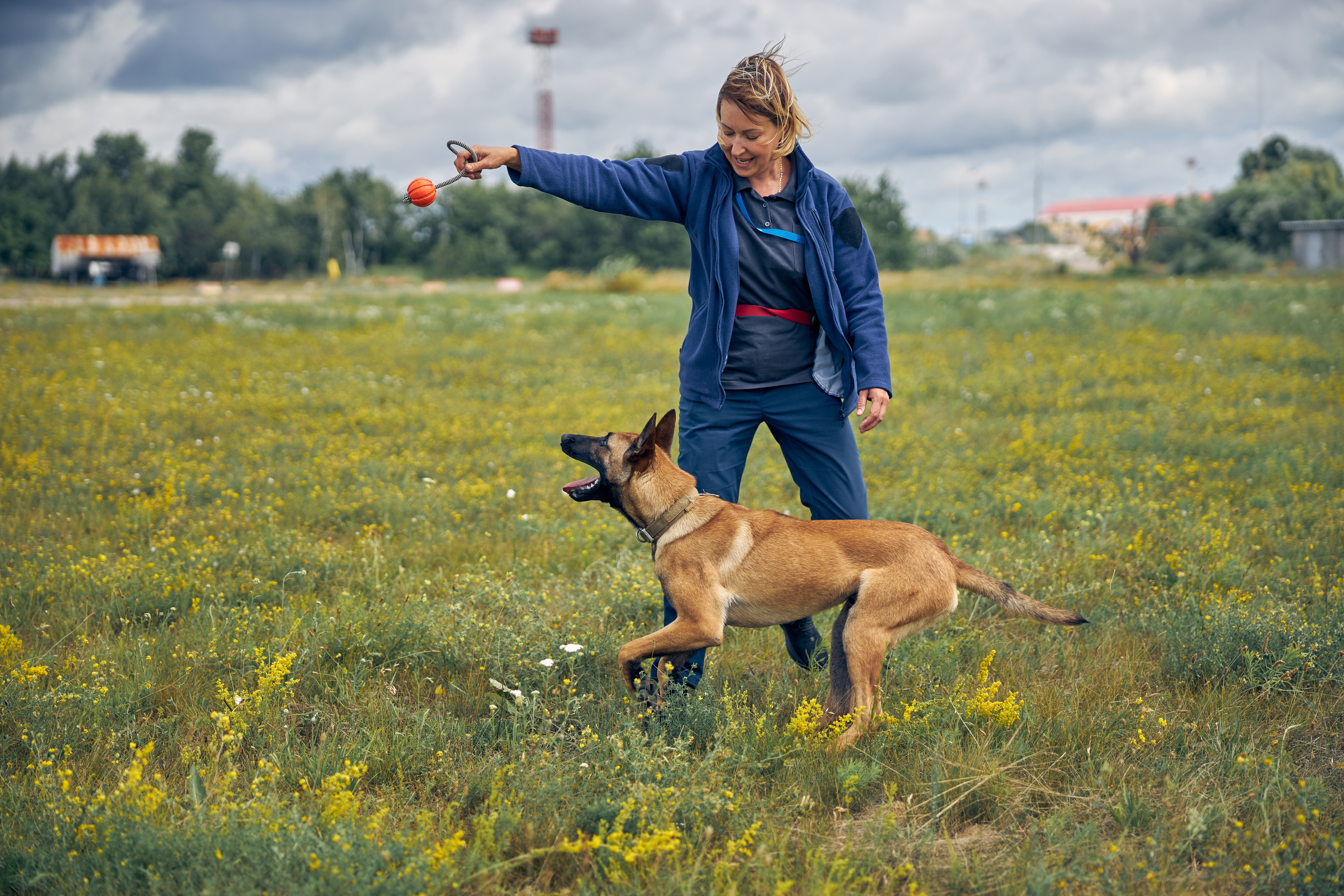






My passion for dogs has carved out a life filled with adventure, travel, and moments that test the limits of courage. Alongside my K9 partners, I’ve faced high-stakes situations: training for precision under pressure, braving close-quarters gunfights, and weathering the kind of moments that make you question everything.
In every one of those moments, my survival has been in large part thanks to my protection dogs. My journey has taken me across continents, building specialized K9 programs and working alongside exceptional handlers and remarkably capable dogs.
And when people ask me, “What’s the secret to building trust with a protection dog?”, My answer is simple yet profound: trust is earned, not given.
This truth comes from showing up every day, putting in the work, and proving to your dog that you’re someone worth following into any situation, no matter how uncertain or intense. But the question remains: how do you cultivate this vital connection?
Before diving into training techniques, you must first step into your dog’s perspective. Protection dogs aren’t just highly trained assets; they’re intelligent beings with rich emotional lives.
Think about it: your dog doesn’t view the world through the same lens you do. They rely on body language, tone, and consistency far more than words. Every interaction—every command you give, every moment of praise or correction—shapes how they see you and the role you play in their life.
Building trust starts with recognizing this difference. It means understanding their innate behaviors, breed traits, and individual quirks. What motivates them? What makes them anxious? What brings out their best?
The stronger your grasp of their world, the better you can connect—and the more trust you can build.

Trust is born in communication. And with protection dogs, communication is largely non-verbal. Your dog watches you more closely than you may realize, reading subtle cues in your posture, movements, and even your breathing. Mixed signals? They’ll pick up on them immediately.
Start by mastering the basics of body language. When giving commands, make your gestures deliberate and purposeful.
Consistency is non-negotiable. A sharp, clear tone one day and a relaxed, unsure tone the next can confuse your dog, eroding the trust you’re working to build.
Your tone of voice matters, too. Calm and confident? You’re telling your dog you’re in control. Harsh or erratic? That creates anxiety. Speak with intention, just as you would with someone whose trust you value deeply.
Dogs thrive on routine and predictability. Consistency in your actions, training methods, and daily interactions builds a sense of security. This doesn’t mean you can’t introduce variety into your training sessions—it’s about creating a stable framework within which they can learn and grow.
For instance, if your dog knows that responding to a specific command will always result in a predictable outcome—whether it’s a reward, praise, or a simple acknowledgment—they’ll trust the system.
Consistency reinforces the idea that you’re reliable and that your decisions make sense.
One of the most overlooked aspects of consistency is showing up. Whether it’s a daily training session, a walk around the neighborhood, or simply spending quality time together, being present signals to your dog that they’re a priority.
This presence cements the bond between you and lays the groundwork for trust.
Respect is a two-way street. While it’s essential for your dog to respect you as their handler, it’s equally critical for you to respect them as individuals.
Every dog has limits, and understanding when to push and when to pull back is important.
Take training as an example. If your dog is struggling with a particular task, forcing them to repeat it endlessly can lead to frustration and a breakdown in trust.
Instead, recognize their effort, celebrate small wins, and give them a chance to regroup before trying again. This approach not only builds confidence but also shows your dog that you value their well-being.
Respect also means listening to what your dog is telling you. Are they stressed, tired, or overwhelmed?
Ignoring these signs can create tension and diminish their trust in your leadership. When you respect their needs, they’ll feel more secure and willing to give their best in return.

Interactive games like tug-of-war or fetch are opportunities to reinforce trust. During play, you can practice commands, test boundaries, and build a sense of teamwork.
Play also allows your dog to see you as a source of fun and positive energy, which strengthens their desire to work with you. The more enjoyable you make the experience, the deeper the bond becomes.
Once you’ve established basic trust, it’s time to face challenges together. This doesn’t mean throwing yourself into dangerous situations. Instead, create controlled scenarios that allow both you and your dog to prove yourselves to each other.
During difficult moments, your dog looks to you for guidance. If you remain calm, composed, and decisive, they’ll trust your ability to lead them through uncertainty. But if you panic or become erratic, it can shake their confidence in you.
The controlled challenges build resilience and reinforce the idea that you’re a steady presence in any storm.
Building trust isn’t limited to training sessions or high-stakes moments—it’s woven into the fabric of your everyday interactions. Simple acts like feeding, grooming, or even relaxing together play a significant role in deepening your bond.
When feeding your dog, take the time to make it a structured activity. Teach them to wait patiently before eating, reinforcing your role as the provider and leader.
Similarly, grooming sessions are opportunities to build trust through touch. Gentle, deliberate handling shows your dog that they can feel safe and cared for in your presence.
Even quiet moments matter. Sitting together after a long day or going for a casual stroll without a training agenda strengthens the sense of companionship. These small, consistent acts of connection build a reservoir of trust that you can draw upon in more demanding situations.
I’ve seen many handlers sabotage their relationships by falling into these traps:
🐾Trust develops at its own pace. Pushing too hard too fast can create setbacks that take months to overcome. Let your dog’s confidence and engagement guide the progression of your training.
🐾Inconsistent leadership. Your dog needs to know they can count on you in any situation. Unstable confidence or inconsistent responses to challenges can undermine months of trust-building work.
🐾Another mistake is relying too heavily on discipline without balancing it with positive reinforcement. While correction has its place, overusing it can create fear instead of trust.
🐾Focus on rewarding good behavior more often than punishing bad behavior to create a positive and motivating dynamic.
🐾Finally, never underestimate the power of forgiveness. Dogs are incredibly forgiving creatures, and when mistakes happen—whether it’s on your part or theirs—moving forward with a clean slate reinforces the strength of your bond.
Building trust with a protection dog is not a one-time event; it’s a lifelong commitment. It requires patience, empathy, and a willingness to adapt as your relationship evolves.
The bond you create will serve as the foundation for everything you do together, from basic training to life-or-death scenarios.
And in the moments that matter most, it’s this trust that will carry you both through.
If you’d like to build a bond like this with a dog whose loyalty and capability are unmatched, Vanguard Protection Dogs can help. With decades of experience training elite protection dogs, we specialize in pairing families and individuals with dogs who are not only highly skilled but also deeply connected to their handlers.
Contact Vanguard Protection Dogs today to discover how the right dog—and the right training—can transform your life.